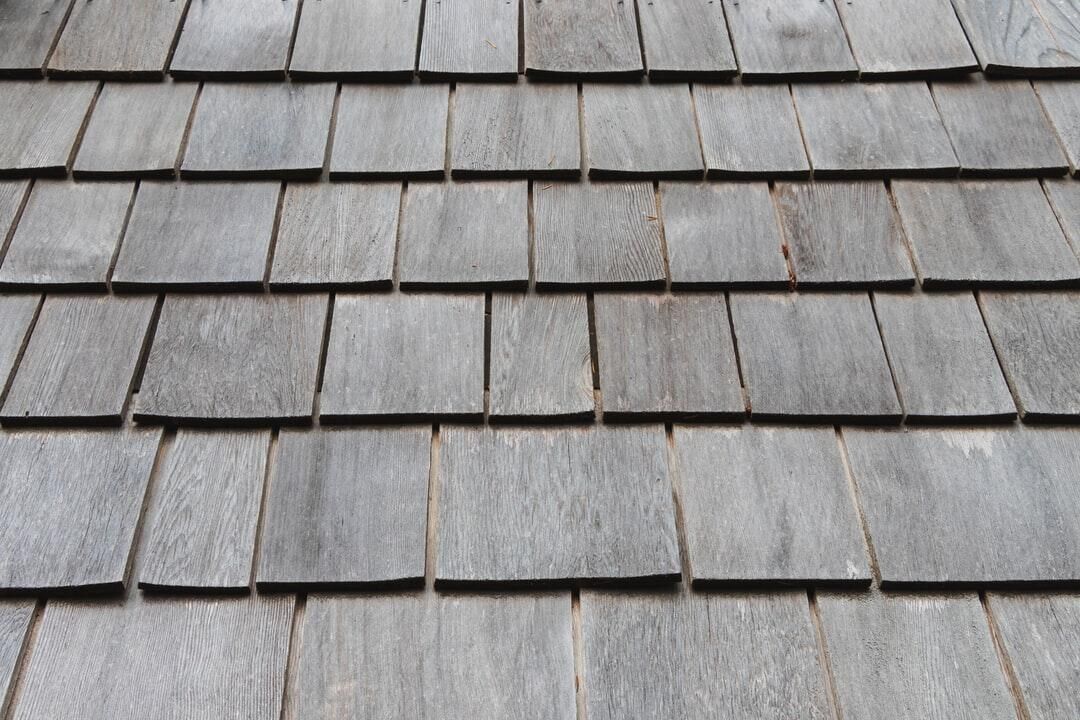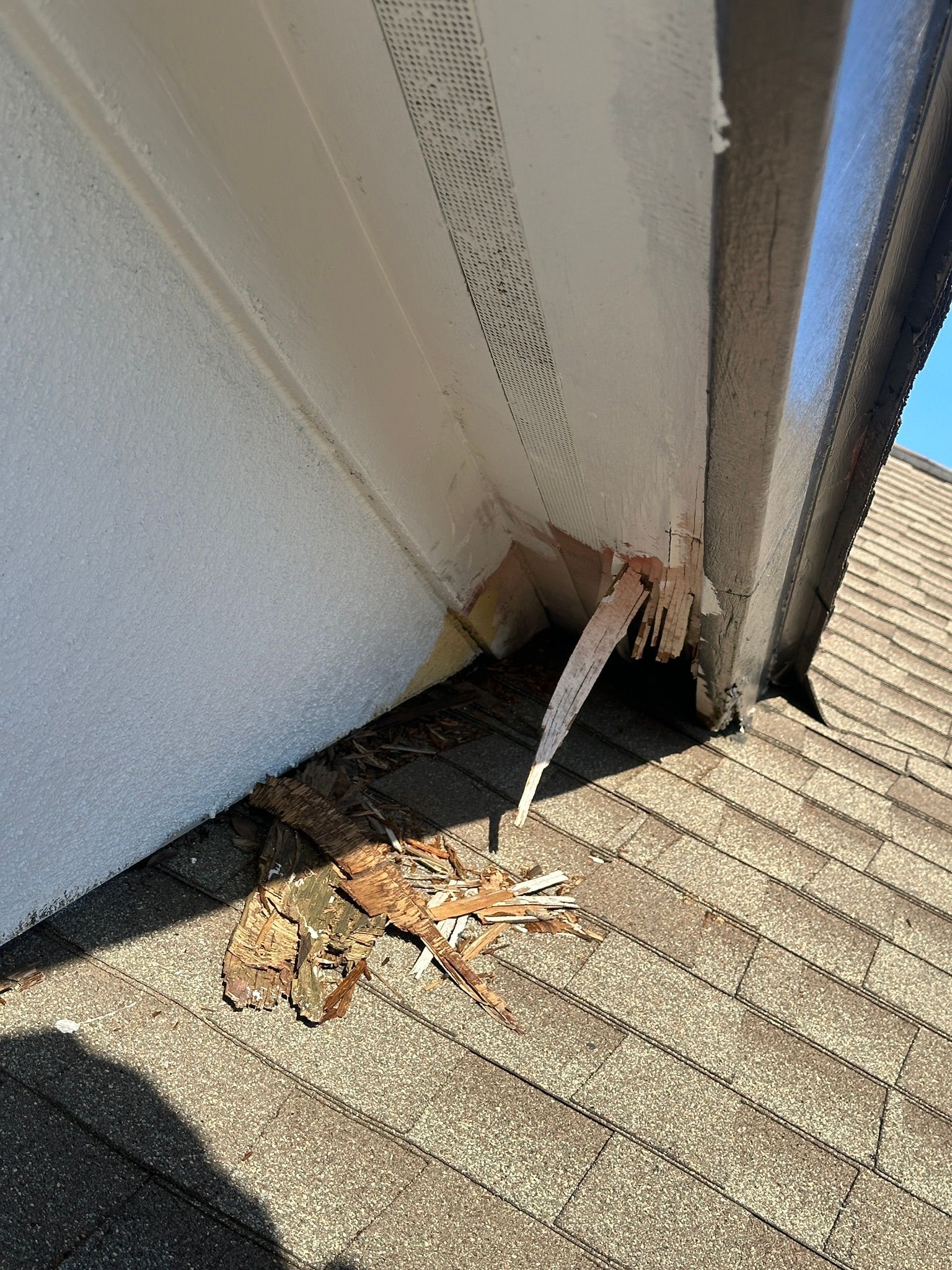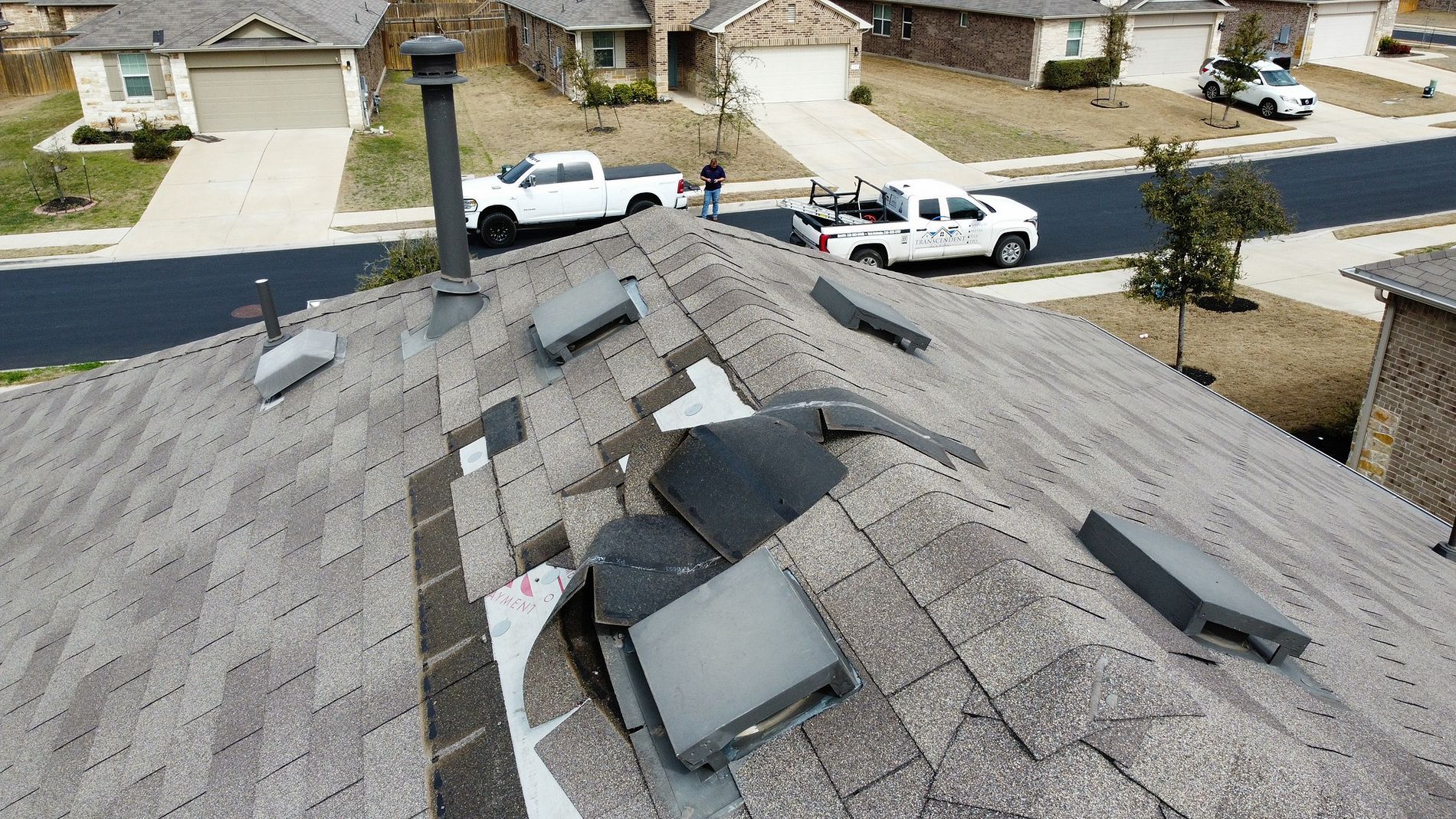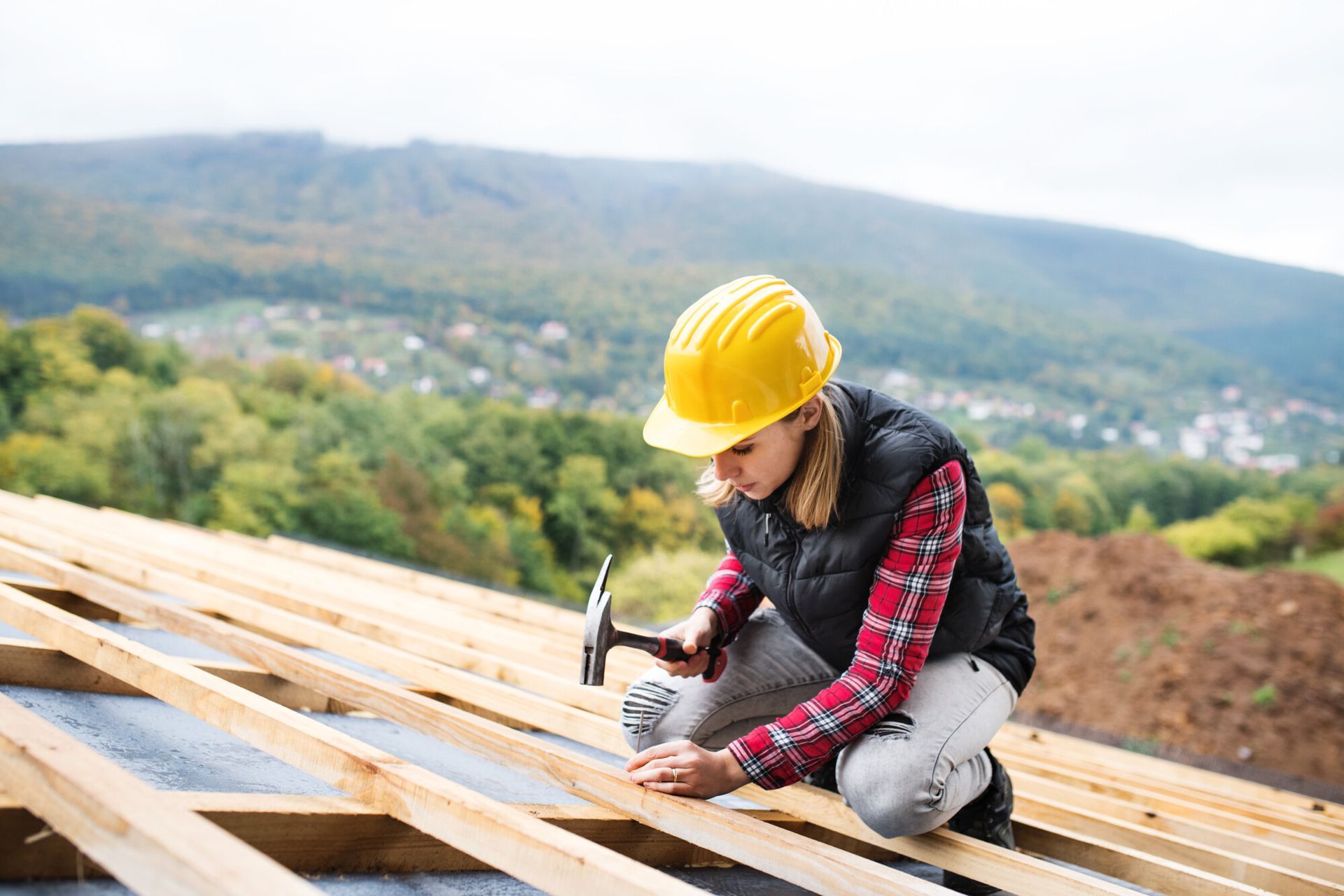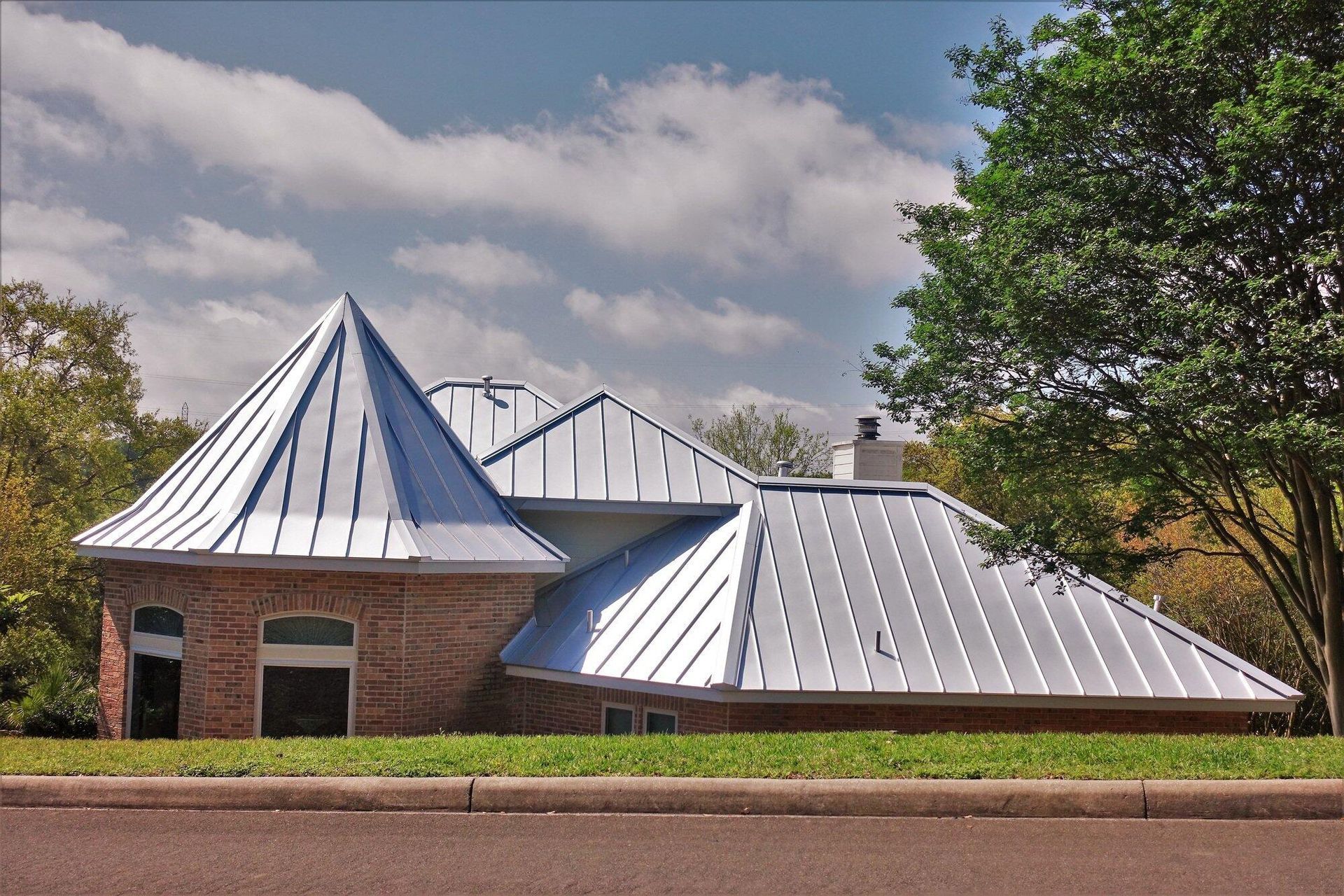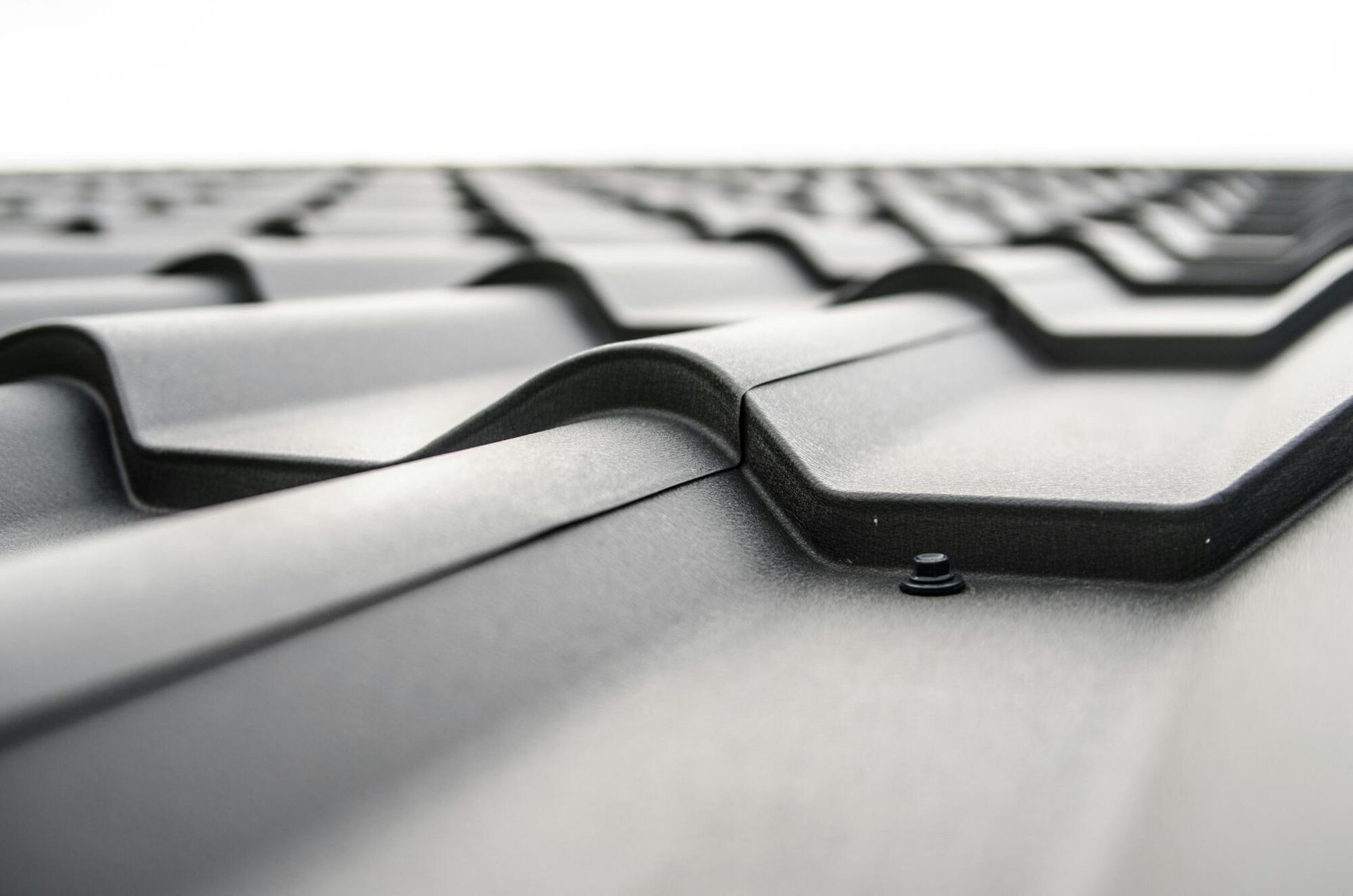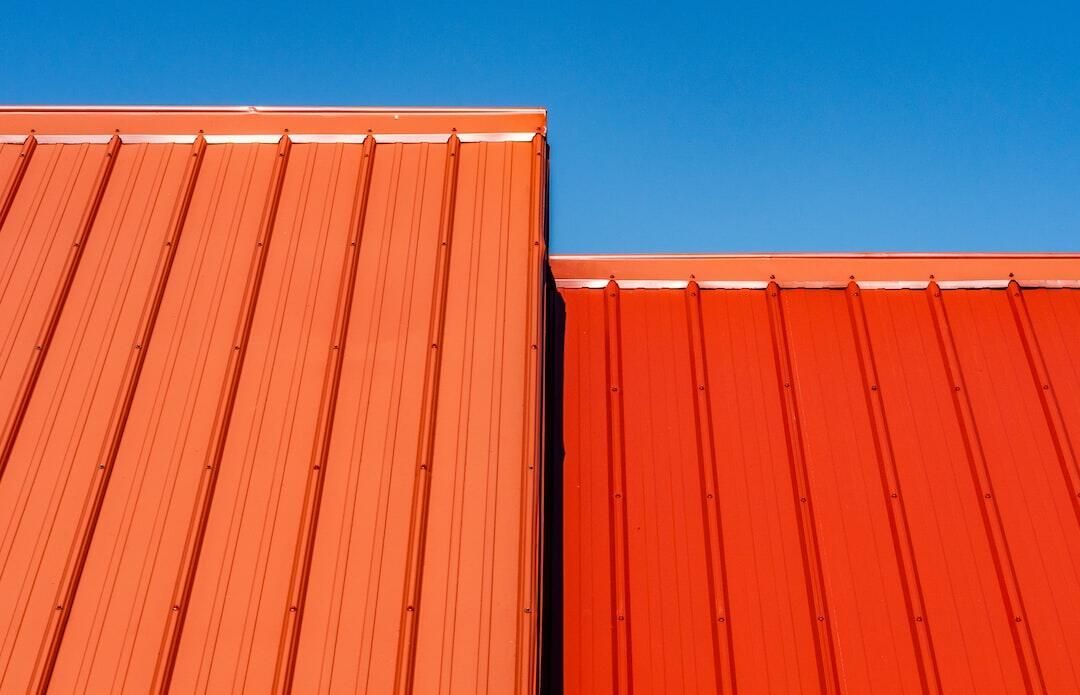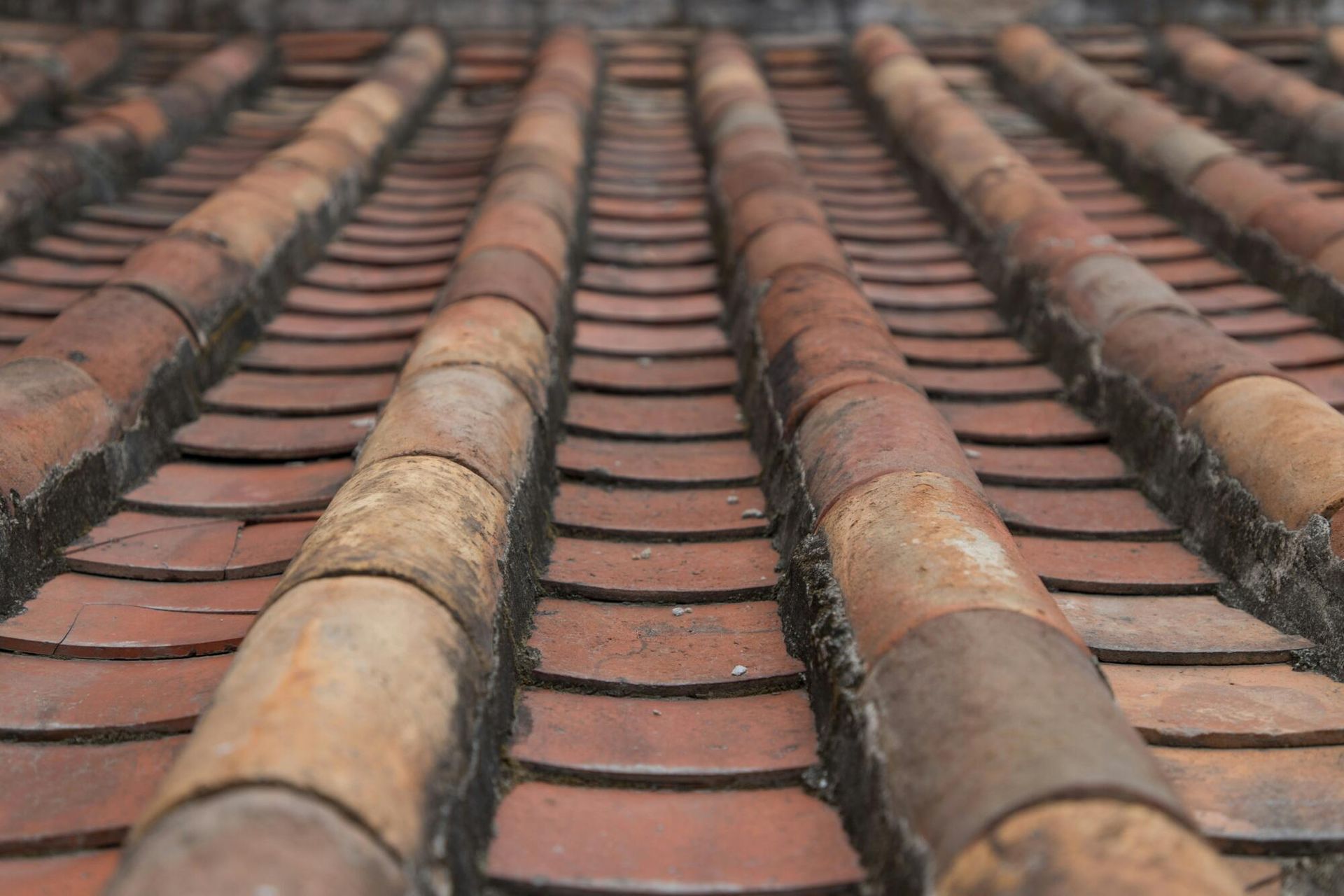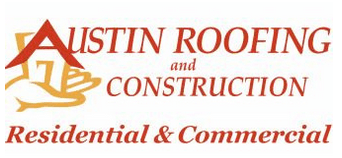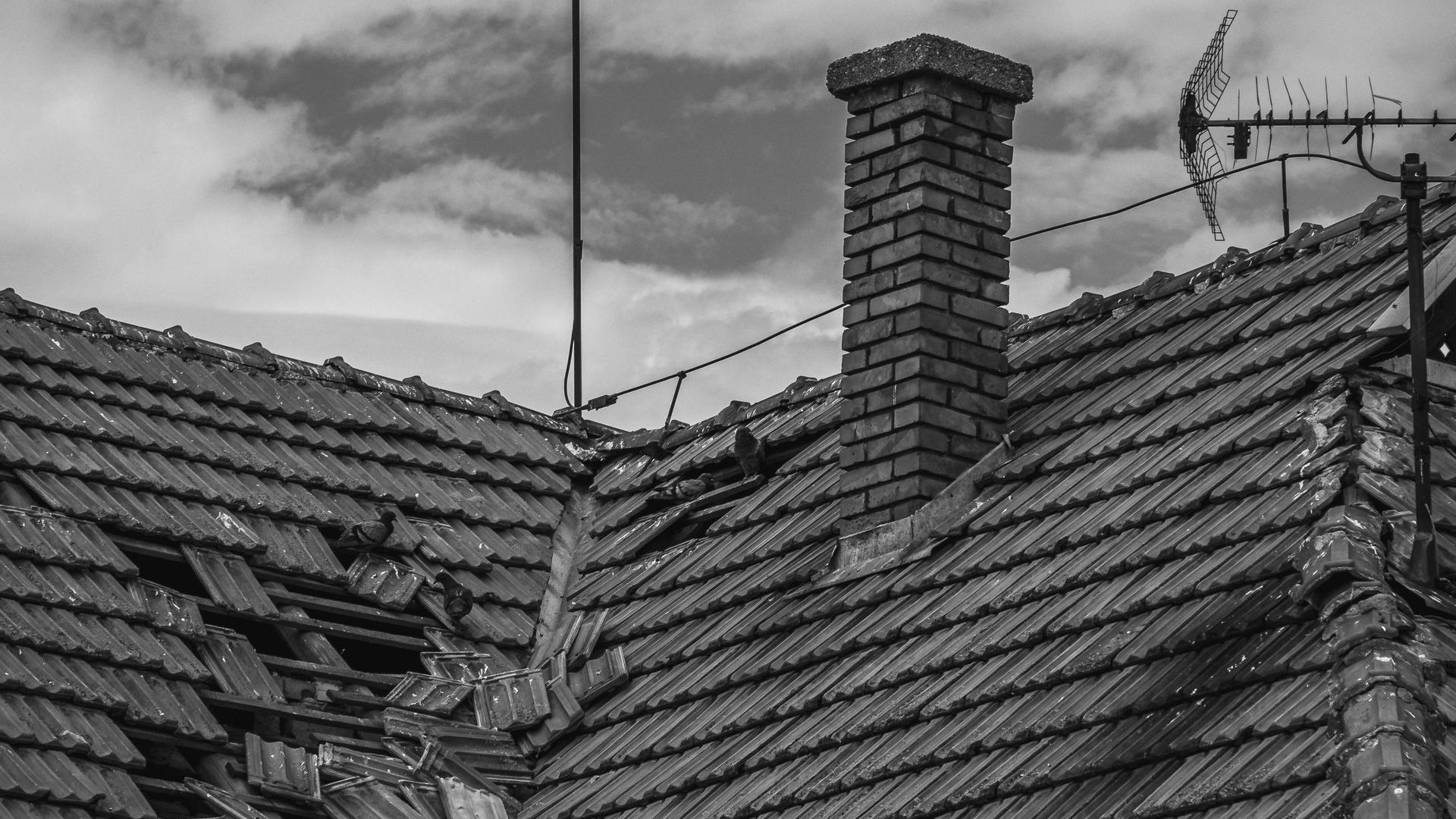How Long Does It Take to Replace a Roof on Average?
How Roof Accessibility Affects Replacement Timelines
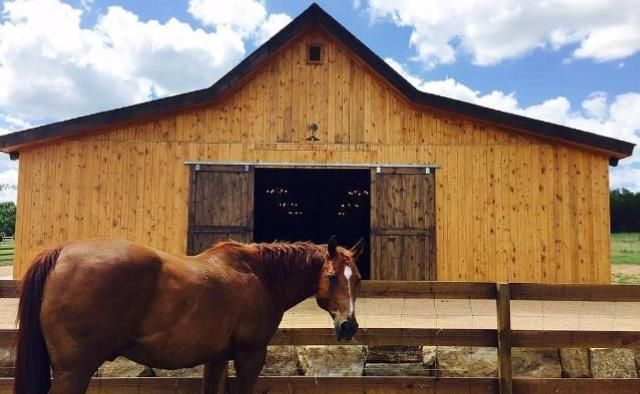
When planning a roof replacement, one crucial factor often overlooked is the accessibility of the roof. The ease or difficulty in accessing your roof can significantly influence how long the replacement process will take.
Here’s how:
- Landscaping Challenges: Homes surrounded by extensive landscaping, such as large trees, dense bushes, or intricate garden designs, can complicate the process. These obstacles may impede workers from reaching the roof efficiently, necessitating additional time and effort to navigate around them safely.
- Urban Constraints: In city areas where houses are tightly packed, transporting necessary equipment like ladders, scaffolding, or roofing materials can be challenging. Narrow streets or limited alleyways might cause delays in the arrival and setup of essential tools and supplies.
- Parking and Driveway Access: A lack of a paved driveway or nearby parking areas can make it difficult for delivery trucks and service vehicles to be positioned close to your home. This situation often leads to increased time for transporting materials from the vehicle to the worksite, extending the timeline of the project.
Understanding these factors can help you better prepare and possibly mitigate some of the delays when scheduling your roofing project.
Understanding Average Shingle Replacement Times
When planning a roof renovation, knowing how long the process might take is essential. Here’s a quick guide to the typical replacement times for various shingle types:
- Asphalt Shingles: These popular choices usually require about one to three days for replacement, thanks to their straightforward installation process.
- Wooden Shingles: Expect a longer time frame of six to eight days for these, as they demand more precision and care.
- Slate Tiles: Known for their durability, slate tiles typically take six to seven days to replace.
- Metal Roofing: Although more complex, metal roofing can be replaced in just one to three days due to the large panel sizes and efficient installation methods.
Understanding these time frames can help you plan your project more effectively and set realistic expectations.
Considerations for Replacing the Roof on a Historical Home
Owning a historical home comes with a unique set of responsibilities, especially when it comes to maintaining its authenticity. One key aspect that often requires careful attention is the roof. When considering a roof replacement for a historical property, here are some important factors to keep in mind:
1. Preservation of Historical Integrity
Respect Architectural Style: It’s vital to ensure that any new roofing materials or designs respect and reflect the original architectural style. This means choosing materials that match what was originally used, whether it’s slate, wood shingles, or another historical option.
2. Compliance with Regulations
Permits and Approvals: Historical homes often require additional permits for renovations, including roof replacements. Check with local authorities and homeowner associations to understand the specific requirements and regulations that apply to your home.
3. Specialized Materials and Techniques
Select Appropriate Materials: You might need to source materials that are not commonly used in modern constructions, like clay tiles or cedar shakes. Consulting with a manufacturer known for historic roofing materials can ensure you get quality products.
Hire Expert Contractors: Engage roofing experts who specialize in historical restorations to maintain the structure's authenticity and comply with preservation standards.
4. Additional Maintenance Considerations
Assess Structural Conditions: Older homes can have unique structural challenges. Prior to replacing the roof, conduct a thorough inspection to ensure that the underlying structure can support the weight and materials needed.
Consider Longevity and Costs: Though traditional materials may initially be more costly, they also often provide durability that can save money over the roof’s lifespan.
Replacing the roof on a historical house requires balancing preservation with practicality, ensuring the building remains protected and true to its origins. By taking these considerations seriously, you can maintain the charm and significance of your historical home while safeguarding its future.
Why is Regular Roof Inspection Crucial?
Prevent Costly Damage:
Your roof is your home’s first line of defense against the elements. An annual inspection helps catch minor issues before they escalate into significant problems, potentially saving you thousands in repairs.
Weather the Storms:
Inclement weather can wreak havoc on your roof. High winds, large hail, lightning, and harsh winter blizzards all have the potential to inflict severe damage unexpectedly. After each major storm, inspect your roof to ensure it still effectively protects your home from leaks and structural damage.
Ensure Longevity:
Routine inspections and timely maintenance extend the lifespan of your roof. By addressing wear and tear early, you can delay the need for a costly replacement, ensuring your roof lasts as long as possible.
Preserve Home Value:
A well-maintained roof adds to your home’s value. It’s a crucial factor for potential buyers, who often look for properties requiring minimal immediate expenditure on repairs.
Safety First:
Undetected roof damage can lead to leaks, mold, and even structural weaknesses that might pose safety risks to your household. Regular checks help you maintain a safe living environment.
By incorporating these practices, you'll keep your roof - and by extension, your home - robust and resilient against the elements.
Of course, whether it's for repairs or renovations, sometimes your roofer will find an issue on your roof that needs attention before the work can begin. If your roofer finds issues with your sub roofing or evidence of leaks around your chimney, that will require time to fix. Minor repairs that occur before the installation of your metal roof will be explained to you and should only add, at most, an additional day to your expected time-frame.
However, if there's structural damage to the roof deck or other elements beneath the shingles, you can expect the project duration to extend significantly. These types of repairs are more involved and require careful attention to ensure the integrity of your roof. Addressing structural issues is critical, as it provides a stable foundation for the new roof installation and prevents future problems.
By understanding the potential for these delays, you can better prepare for any adjustments in your schedule. Rest assured, your roofing team will keep you informed every step of the way to ensure a smooth and successful project.
